For the one who speaks softly,
yet sees everything.
yet sees everything.
Introduction
I take portraits of people I encounter in public spaces – people who pause for a moment, become visible and reveal themselves. My project « Raum für Begegnung » (Room for Encounter) is an attempt to interweave street and portrait photography: spontaneous, open and with minimal staging.
A temporary studio is created on a Parisian pavement – not behind closed doors, but where life pulsates. I set up a neutral backdrop, adjust the camera and flash – and then I wait. I don't approach anyone. I don't force myself into the moment. I wait until someone approaches me. This step changes everything. Because only then does a space emerge in which encounters happen voluntarily. Trust and dignity unfold in the silence of the moment. The method is simple but consistent: the backdrop isolates the subject from the flow of the city for a moment – without removing them from the urban context. The result is a visual pause, a portrait in passing. Some look at the camera, others don't. There are no instructions, no poses – just presence.
I lived and worked in Cameroon and Malawi for many years – first as a craftsman, later in project work. This time shaped my view of life. Not only did I find a professional path there, but above all I formed close relationships – connections that continue to have an impact today.
When I meet people with African roots at the Château d'Eau metro station today, whose cultural background is familiar to me, I don't feel like a stranger. Rather, I recognise something that is deeply rooted in me. Perhaps that is precisely the inner essence of my photographic approach: not to explain, but to see. The camera becomes a means of focusing attention – in the midst of the hectic space of a big city, in the moment between coming and going.
Château d’Eau
It's Saturday morning, shortly after nine in Paris. I'm driving my mobile photo studio to the Château d'Eau metro station. It's still quiet, with only a few people in the transit stations. But already at the escalator to Boulevard de Strasbourg, the first signs of this place's special significance are apparent: people of African descent who dominate the scene – the first people you see. Some approach passers-by, advertising a visit to the Afro hairdressing salon. Every successful referral earns a small commission.
Château d'Eau is not a place in the traditional sense. It is a hub, a crossroads, a passageway. A place that takes shape through the people who populate it. In recent decades, the neighbourhood around the metro station has become a central meeting place for African communities. Many migrants living in Paris – often without official status but with hopes of staying – meet here every day. Château d'Eau is a stage, a meeting place, a safe space. With my mobile studio – consisting of a grey backdrop, a camera and a flash – I become visible in the midst of this urban flow. I don't approach anyone. I wait.
And then the moment arises: a brief glance, a smile, a step out of the flow of everyday life. No conversation, no invitation – just presence. This waiting, without demanding anything, creates trust. It opens up a space that is not aimed at performance, but at encounter.
The portraits that emerge here reflect the diversity of the people who pass through this place: long-time Parisians, commuters from the banlieues, people with and without papers. For many, Château d'Eau is more than a stopover – it is a connection and a link to its own roots. Over the course of months, I made contacts, took photographs and observed. Spontaneous street photography became a photographic practice that has taken root in this place. The grey backdrop – inspired by the asphalt under my feet – reinforces the proximity to the city without dissolving the subject. Perhaps this pause is at the heart of the project: people are not explained – they reveal themselves. The images retain their quiet presence. They allow the dignity of everyday life to shine through.
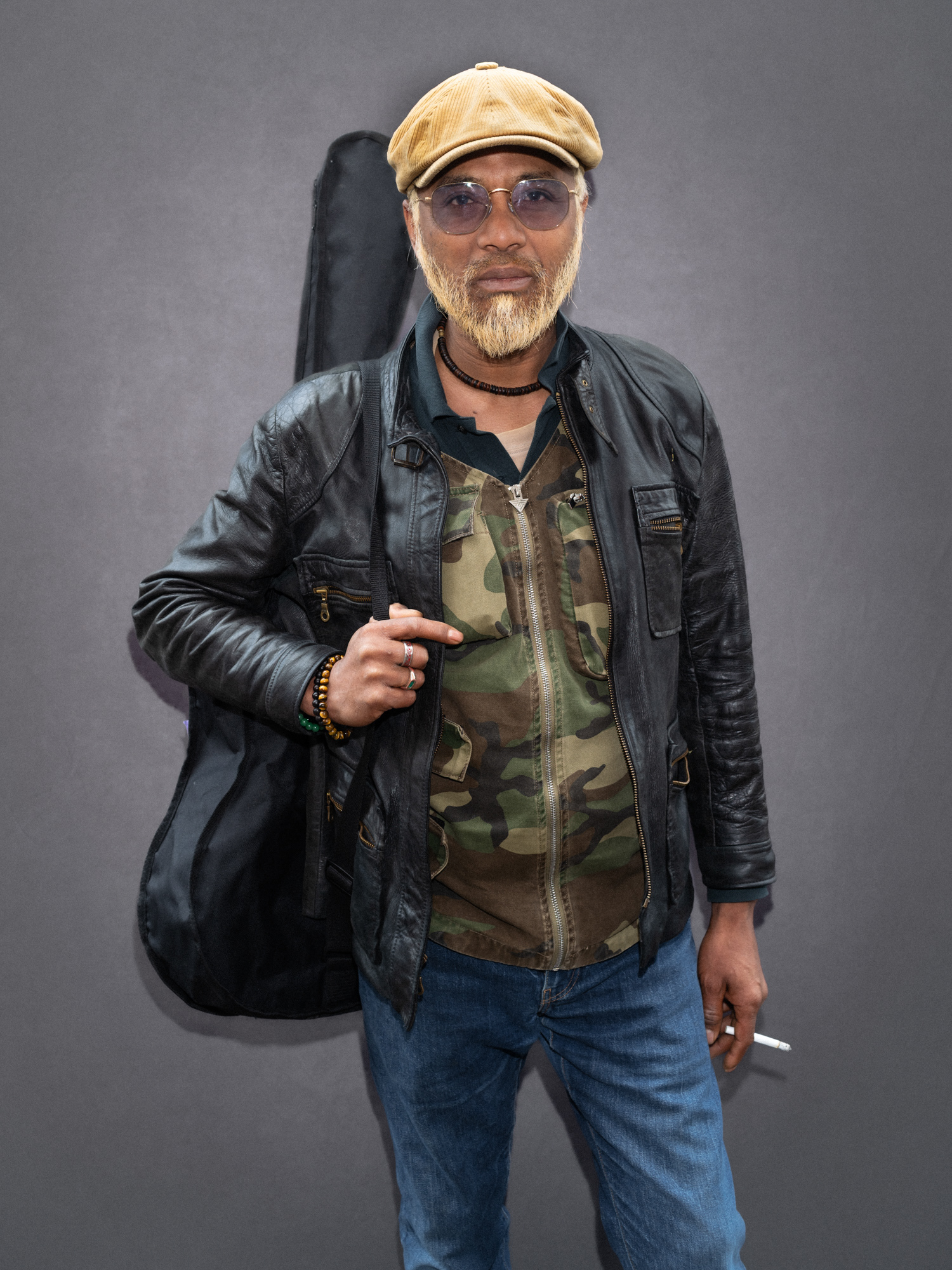
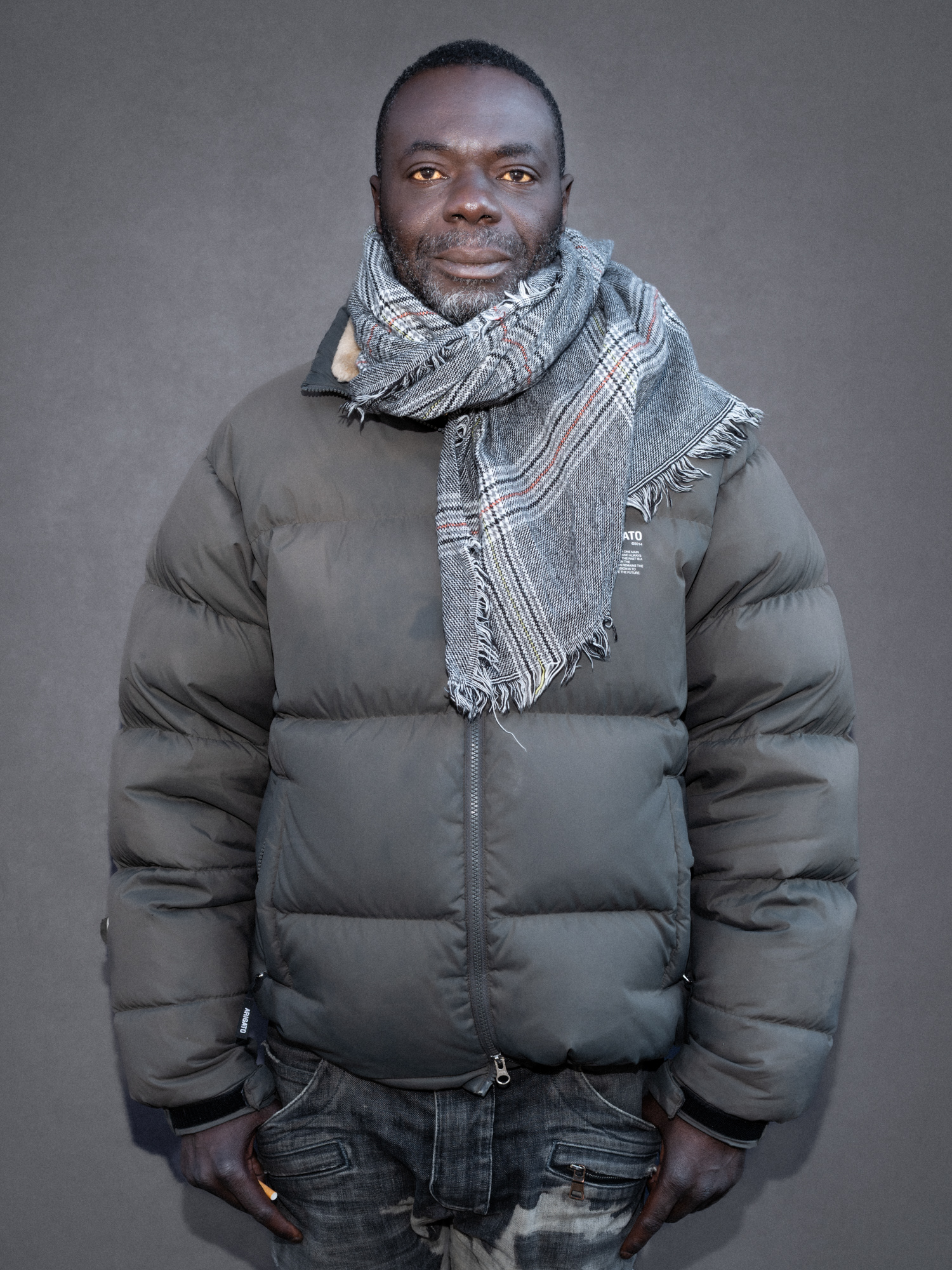
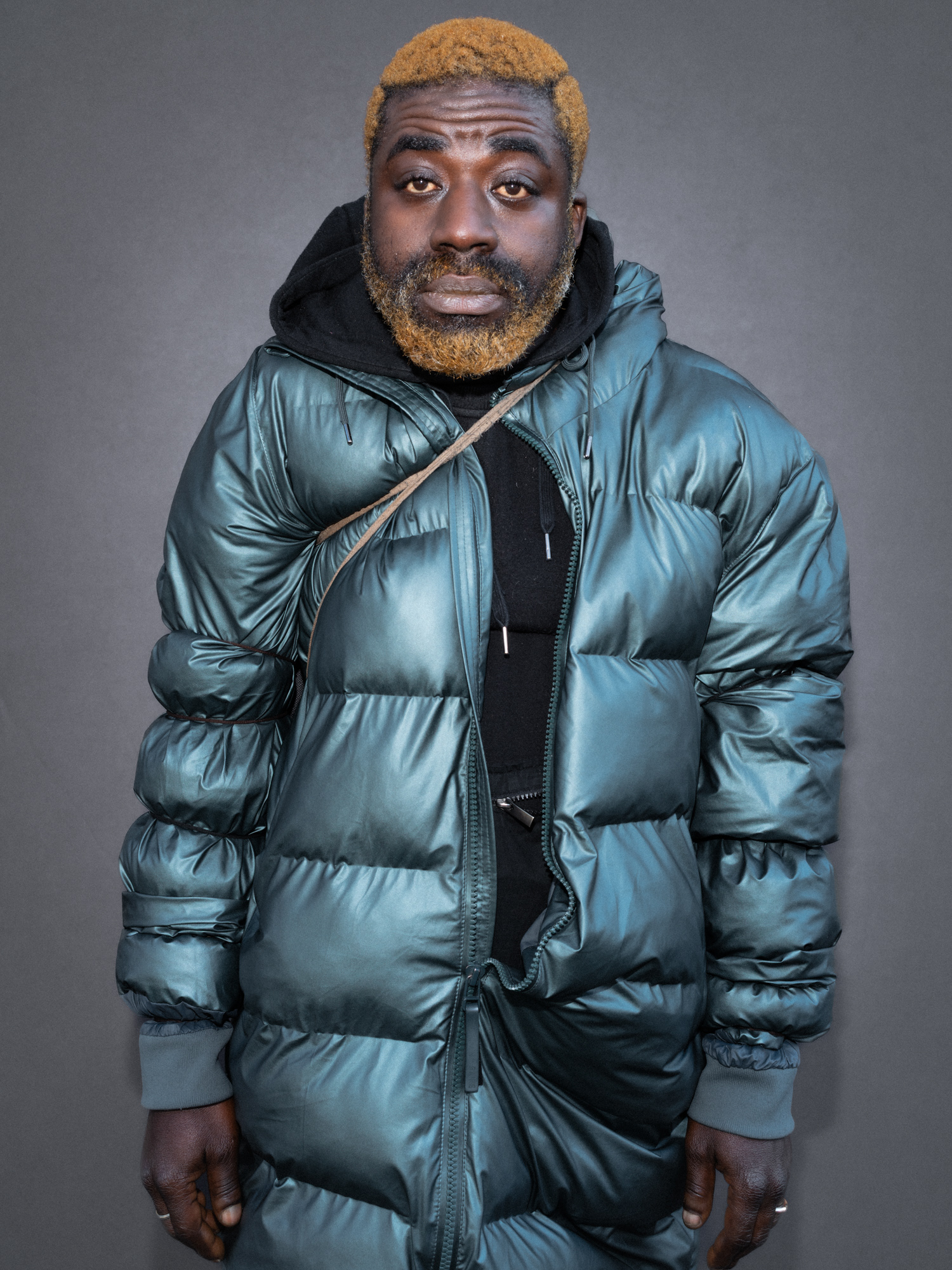
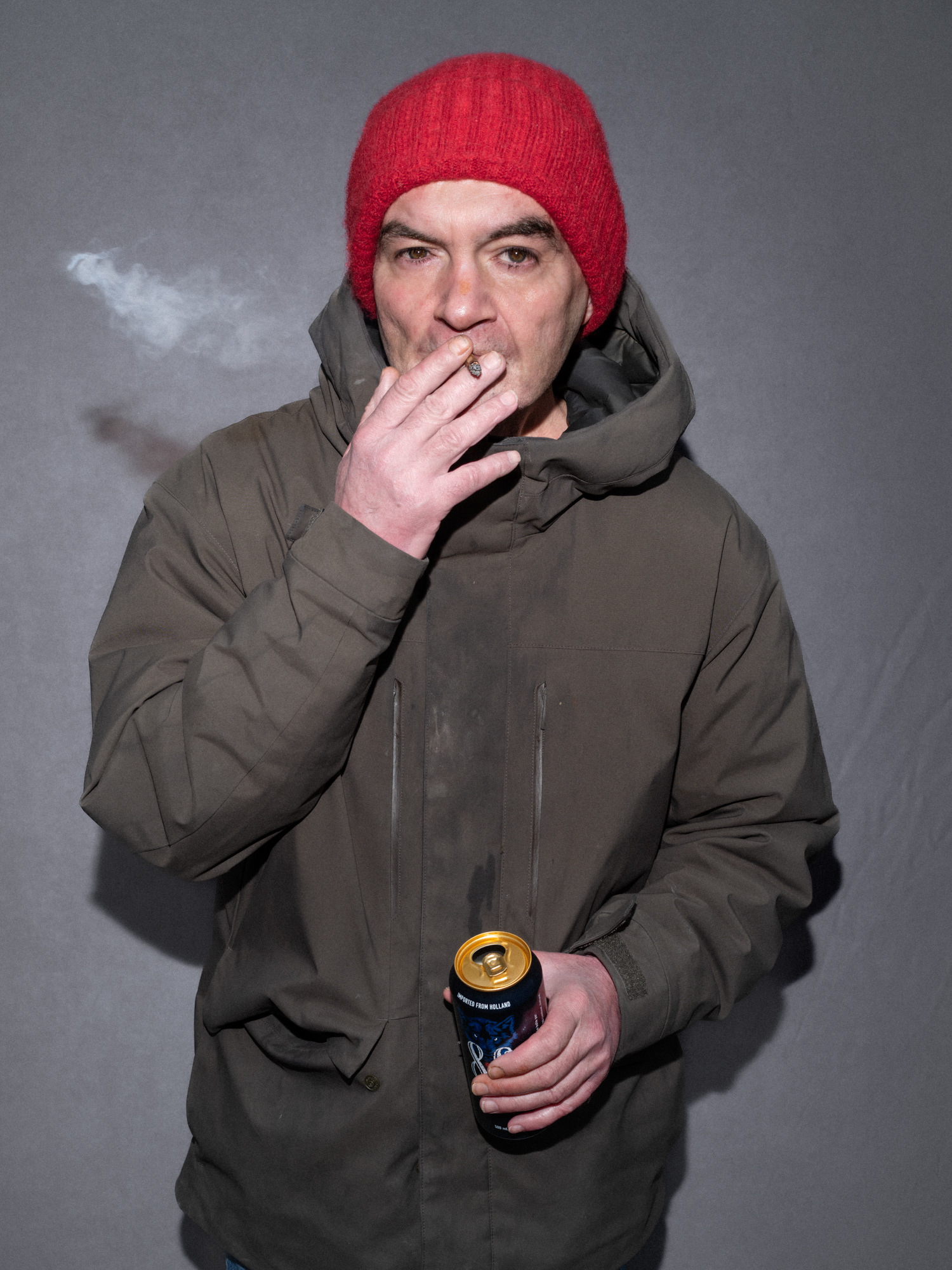
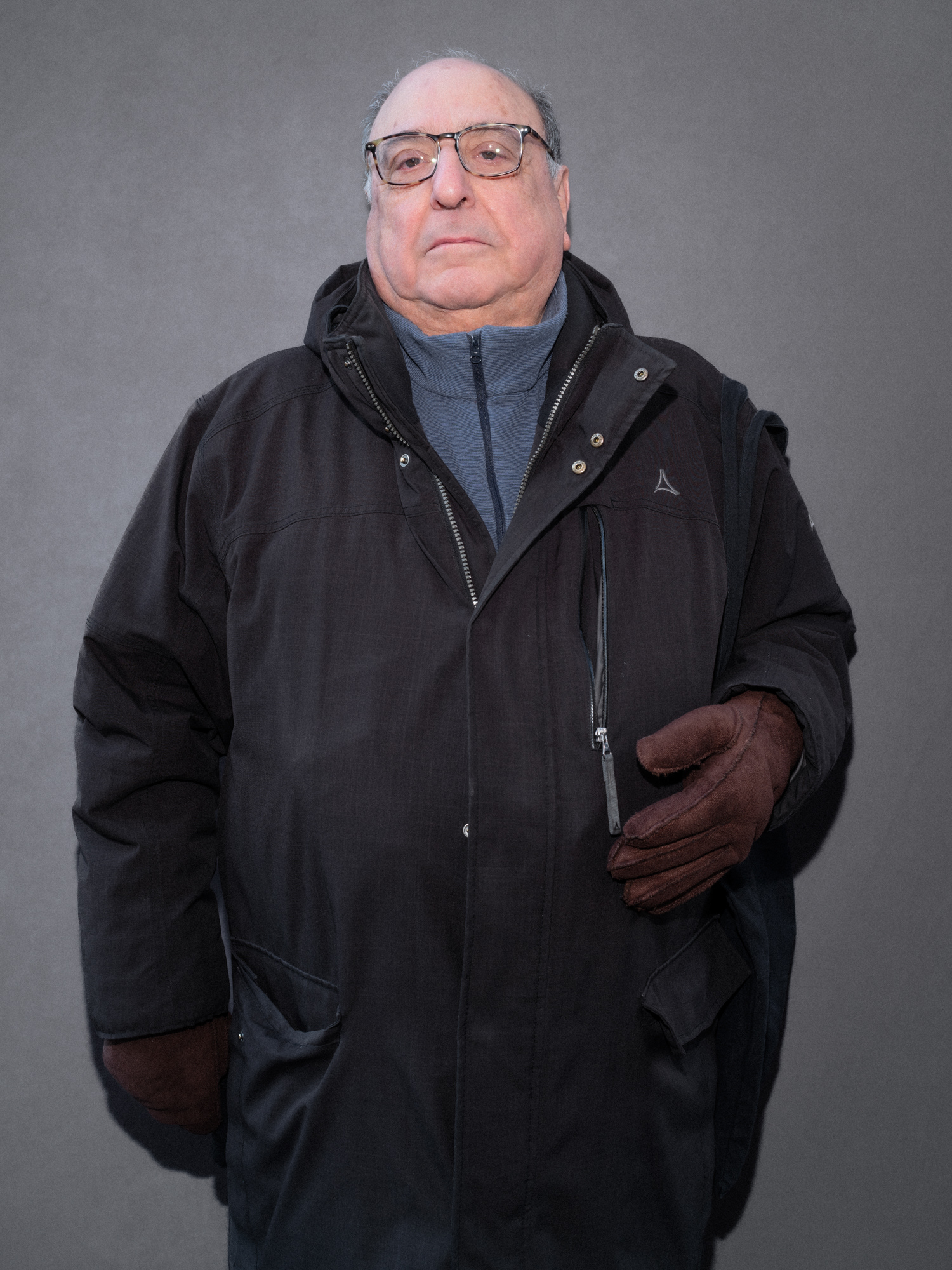
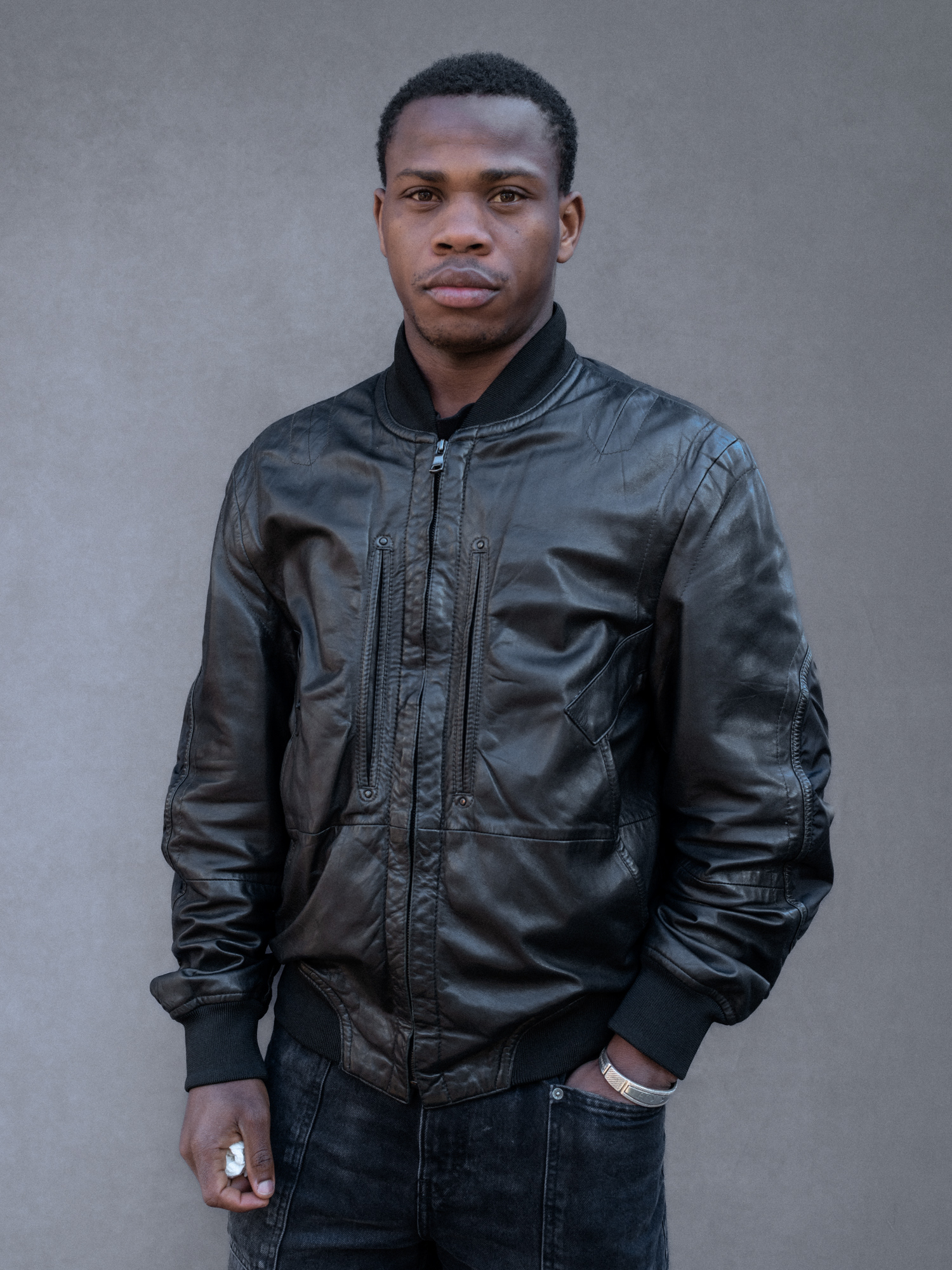
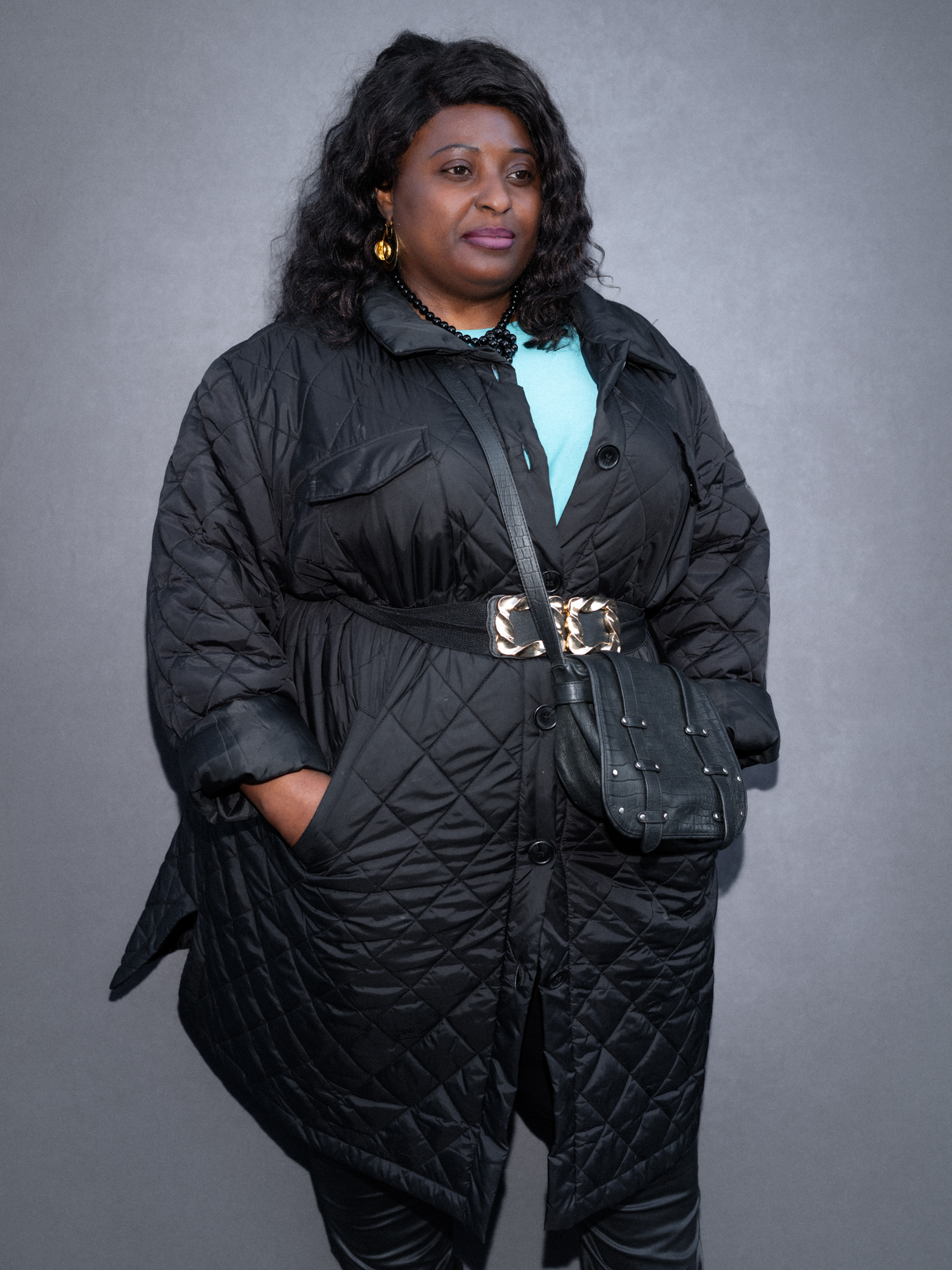
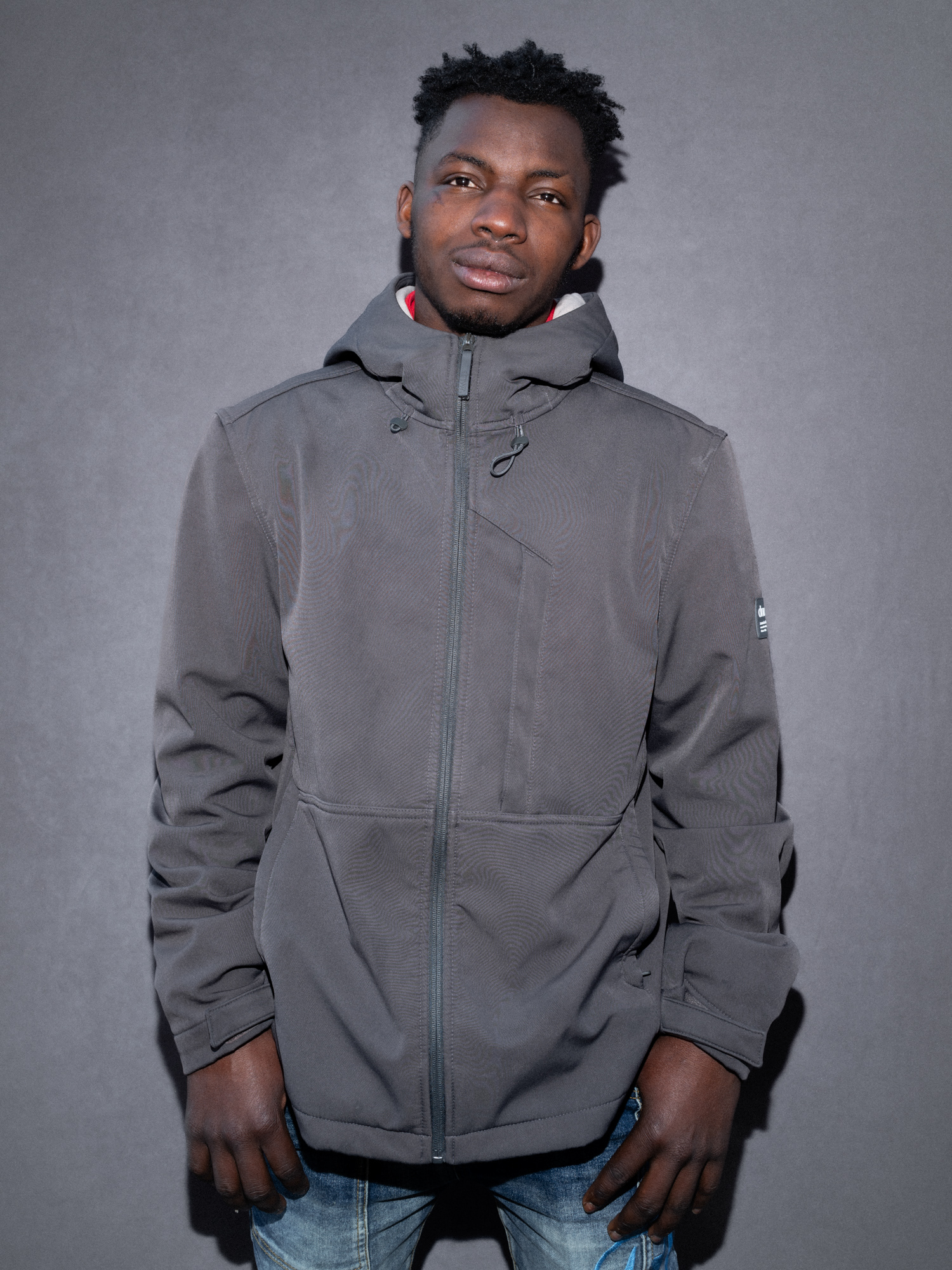
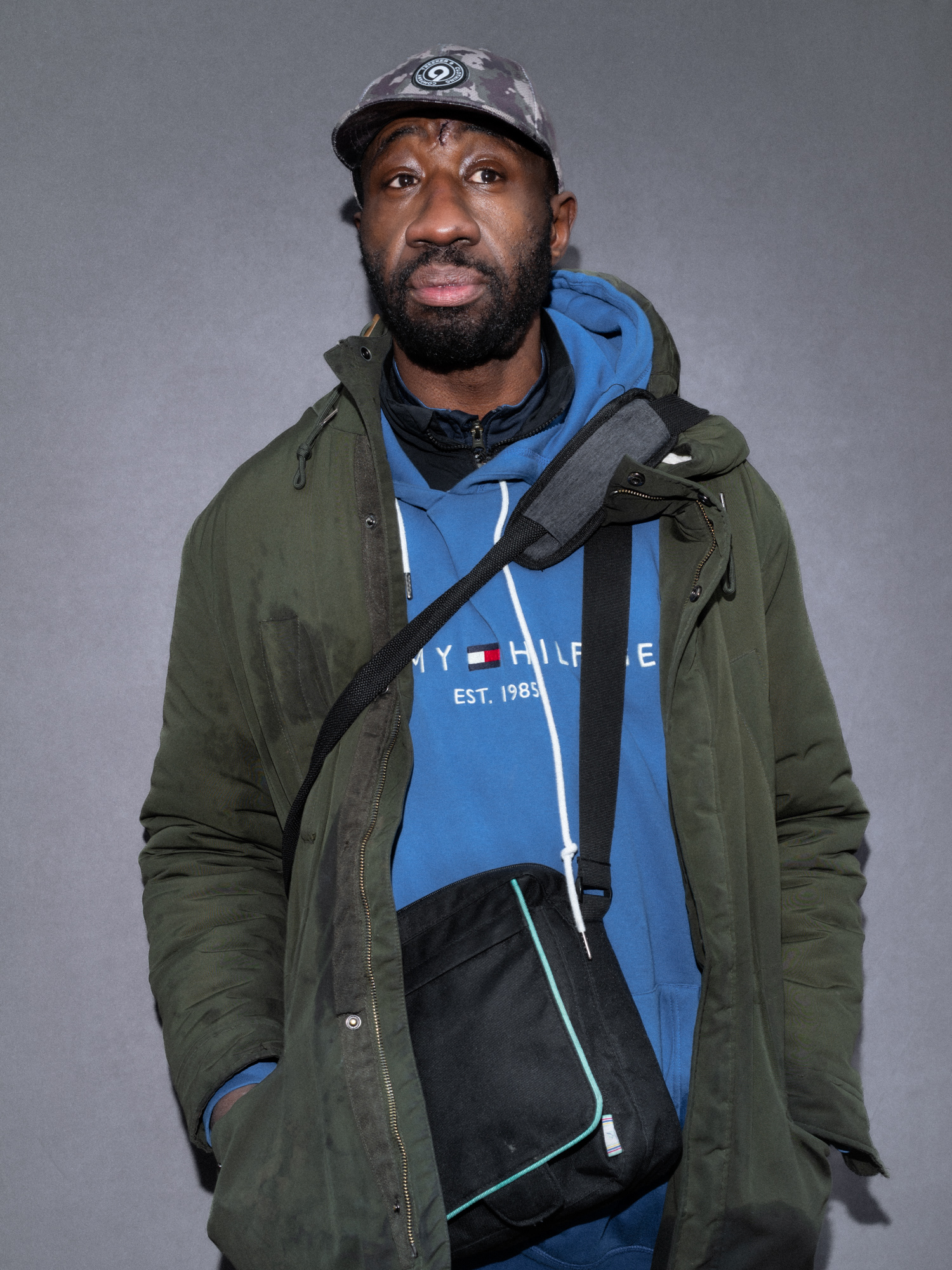
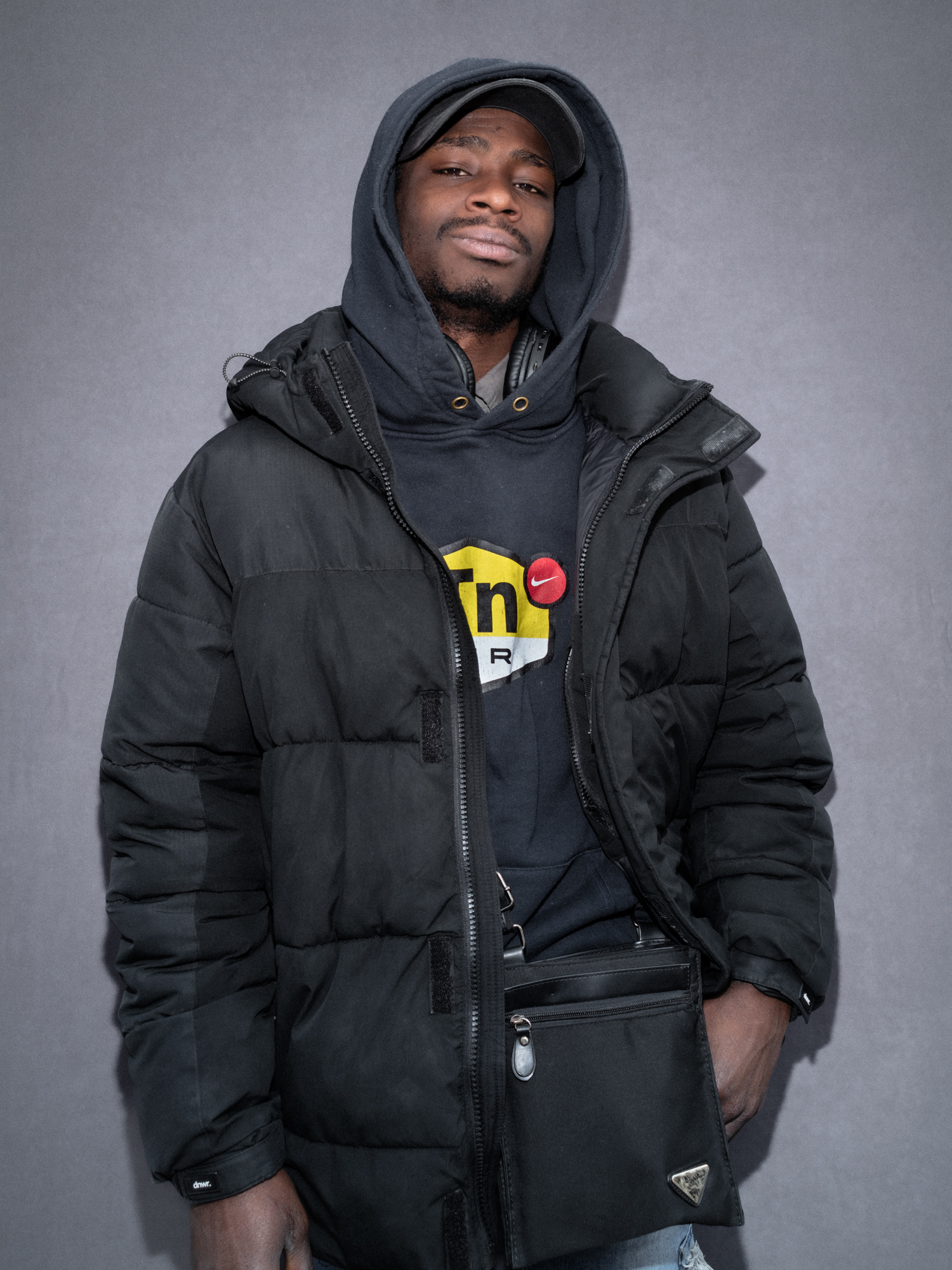



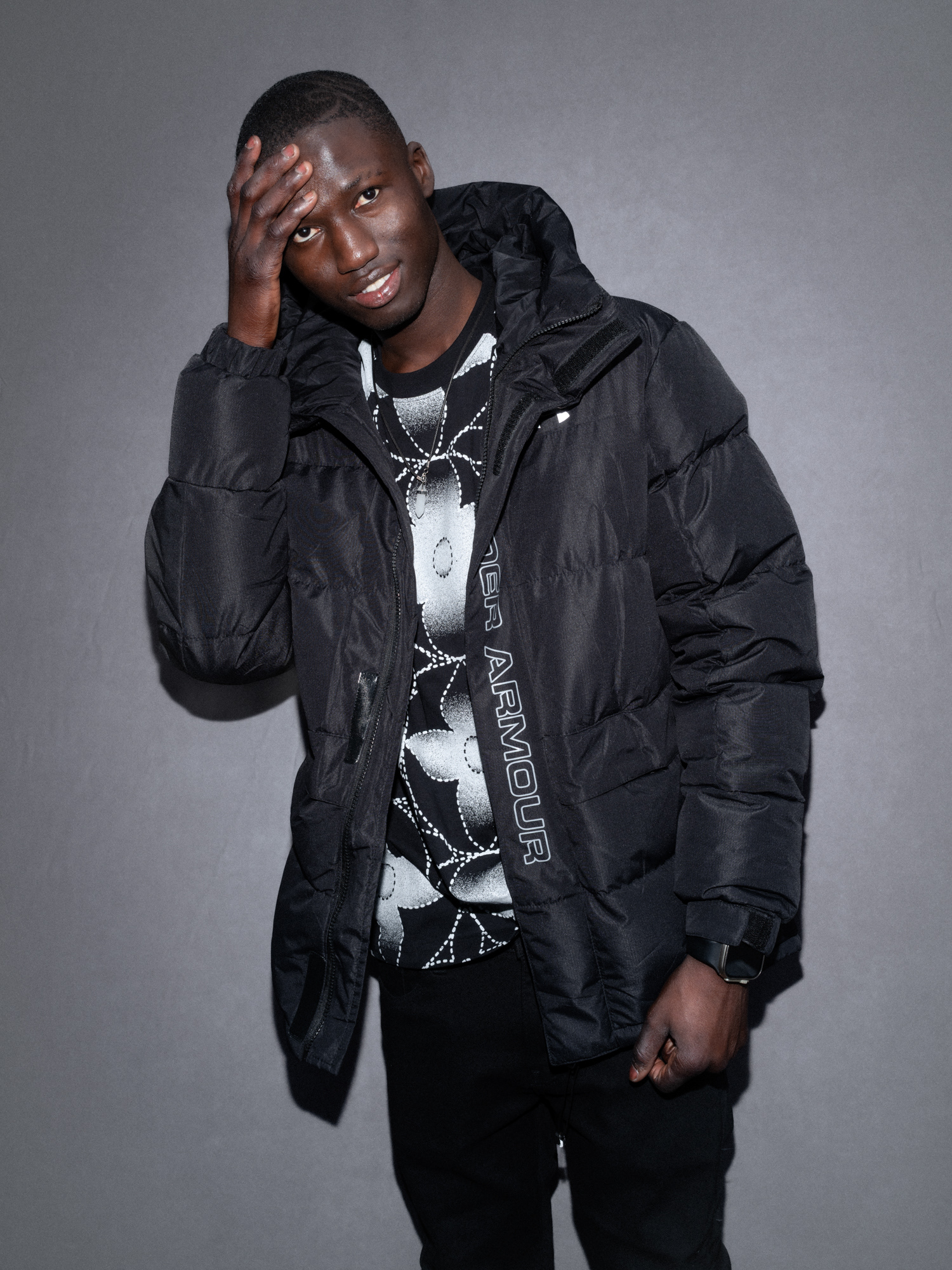
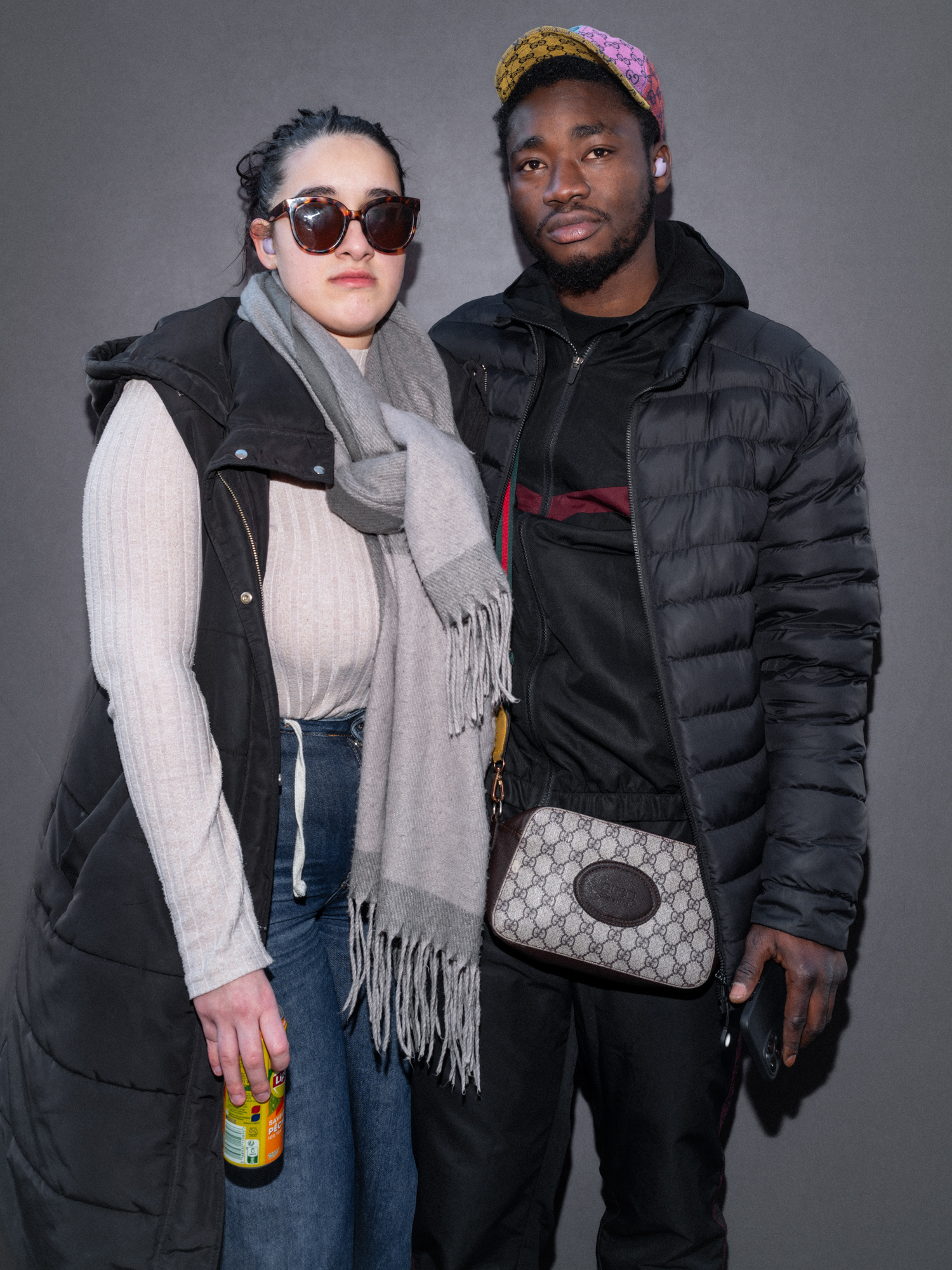
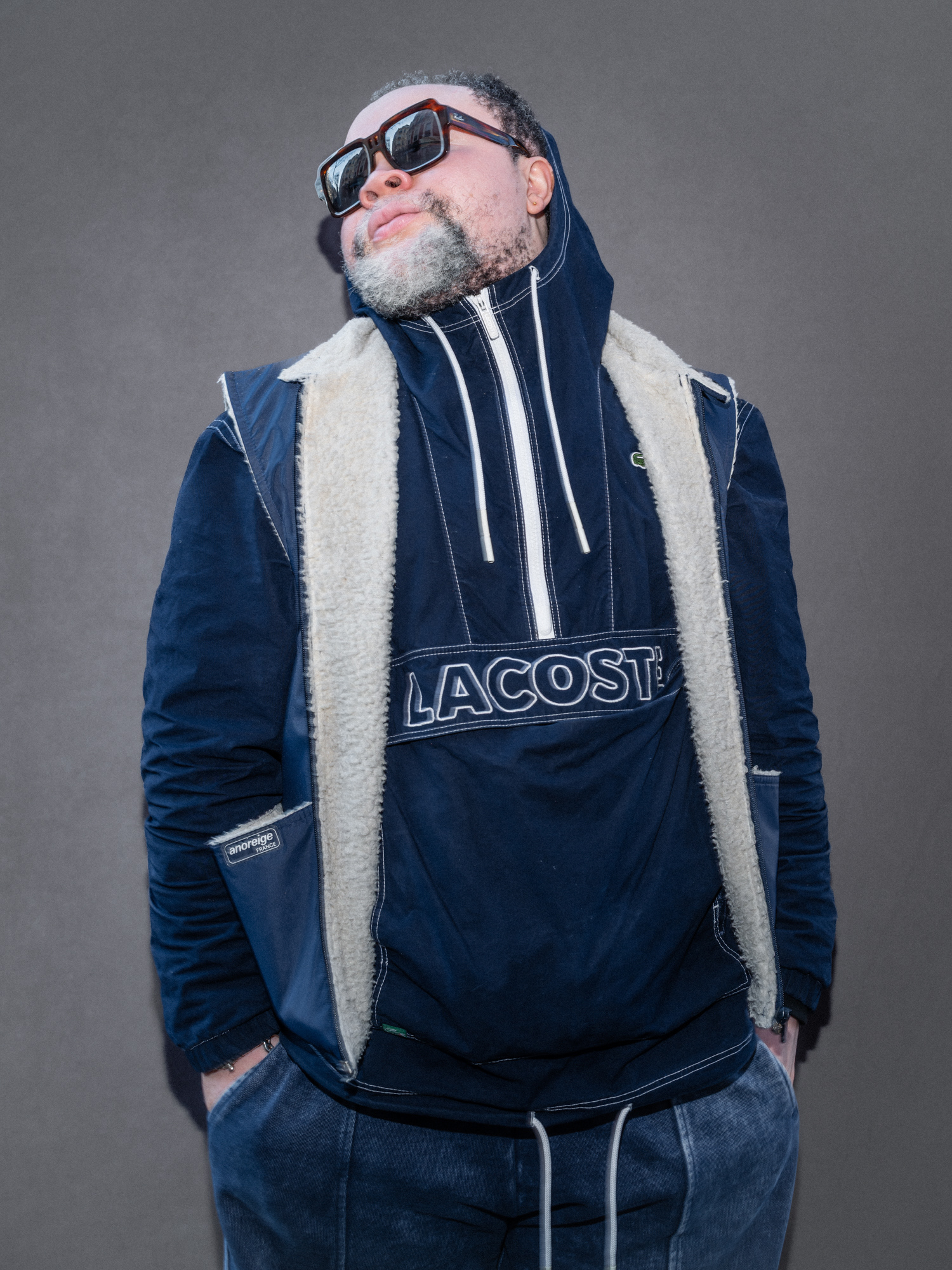
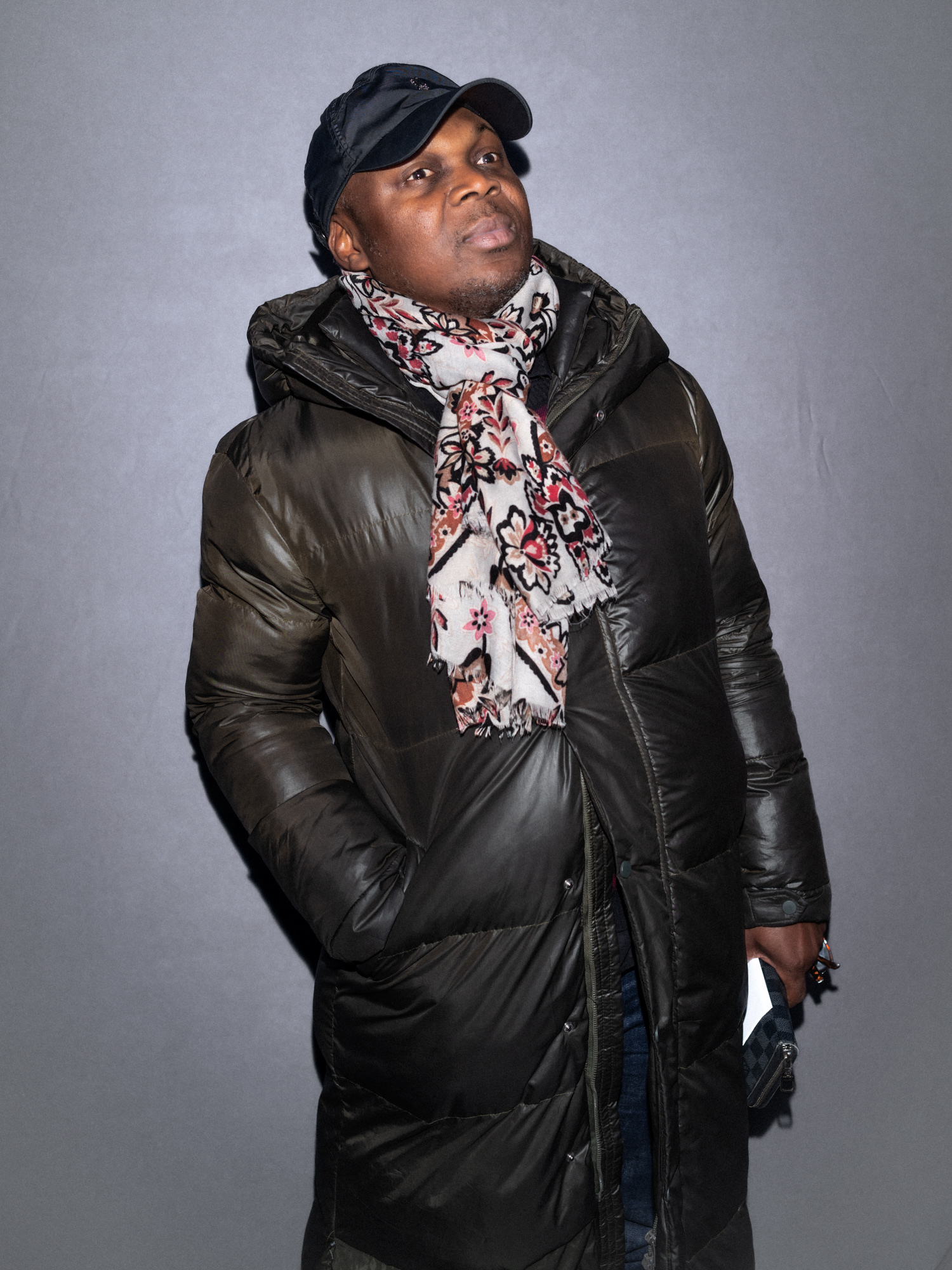
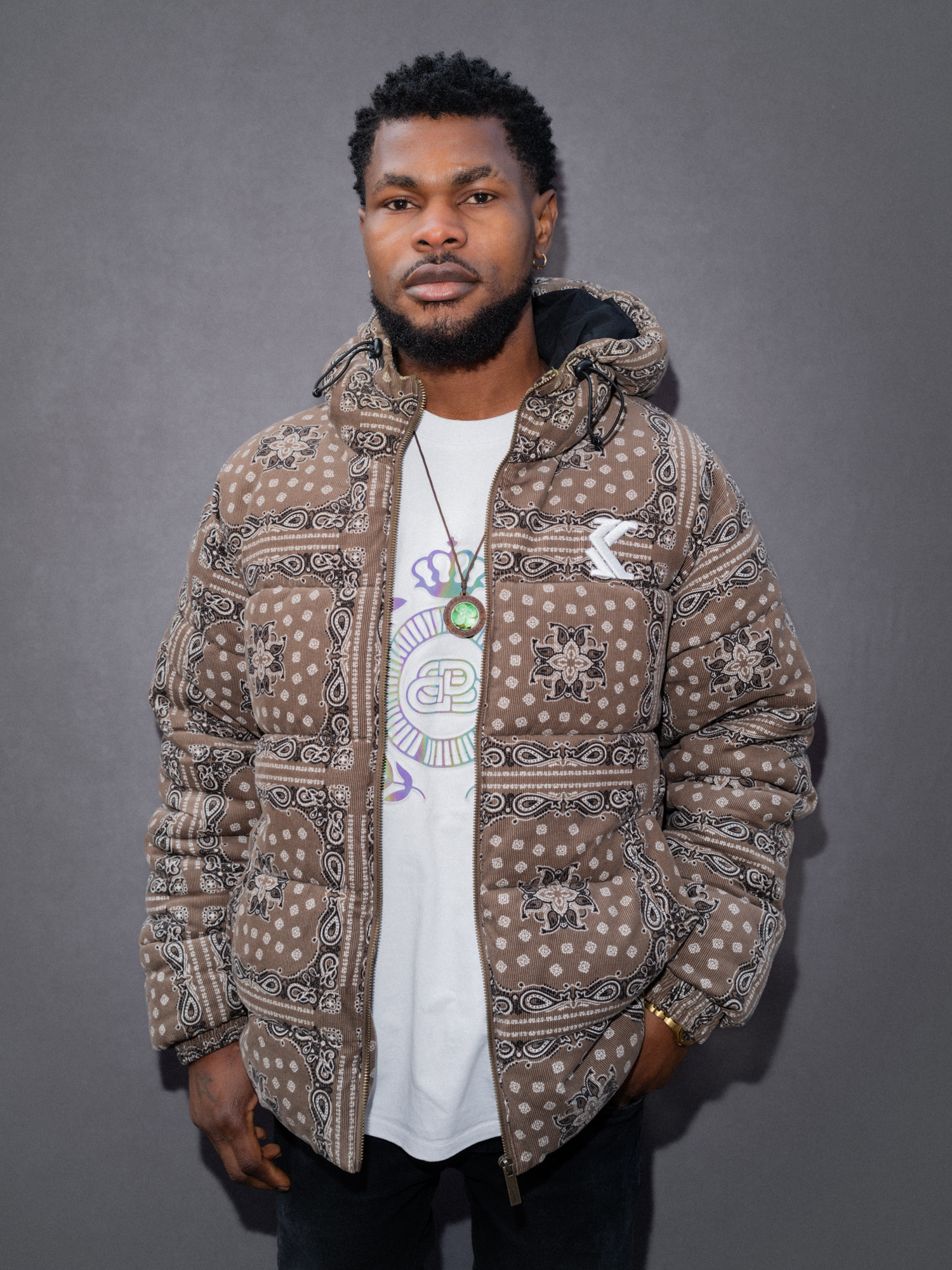


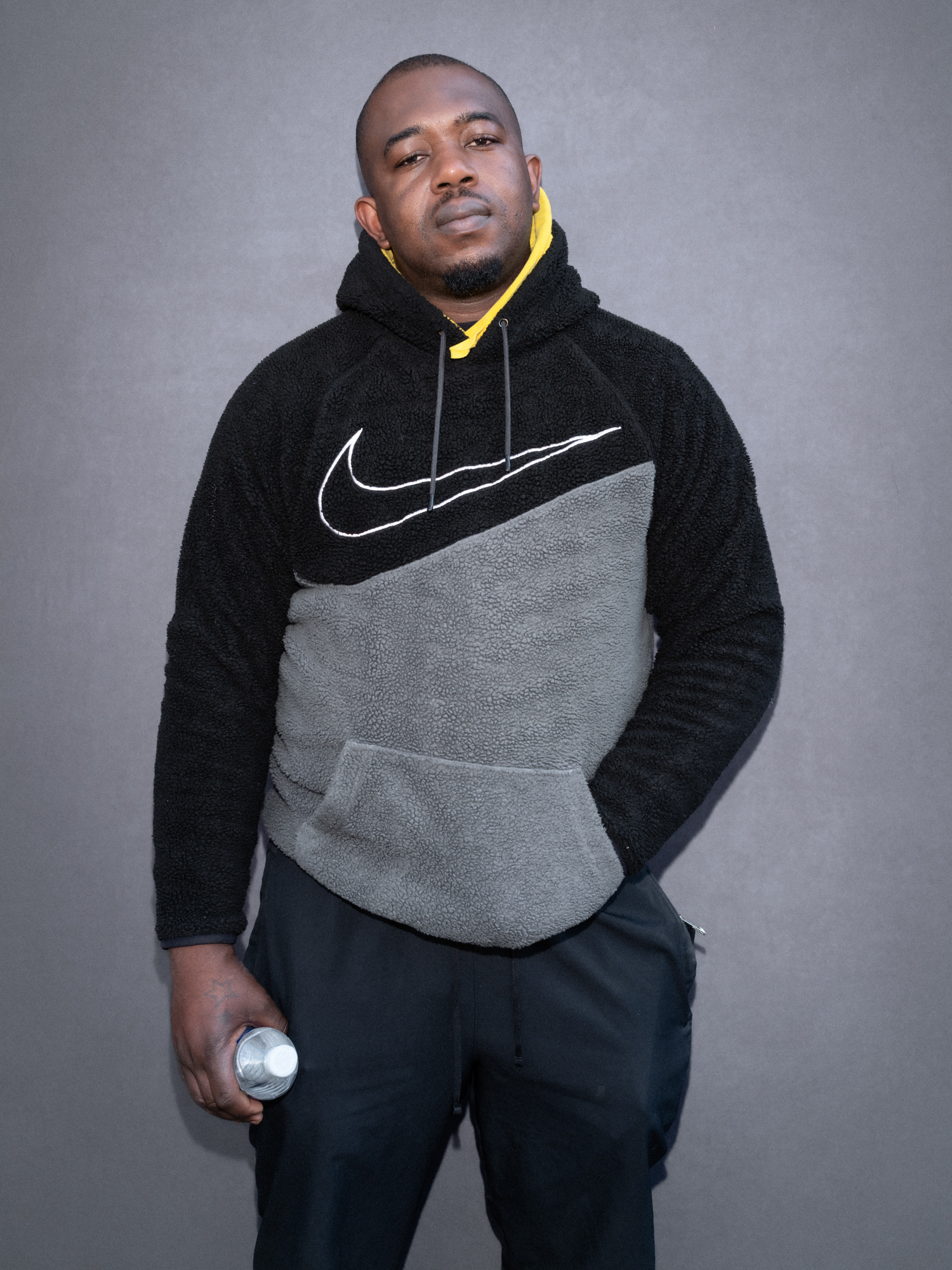



© Bert Meyer - All rights reserved
Notes
My work with Leica cameras began in 2006. At that time, I travelled to Solms, consulted with an expert, and left with my first Leica: the Digilux 2. With it, I began to sharpen my photographic eye, initially in Cameroon, where I was living at the time. The clear design language, the reduction to the essentials, the conscious handling of this camera – all of this shaped my approach to photography from the very beginning.
Since then, Leica cameras have accompanied me on my journey. All the portraits in this book were taken with the Leica SL2 and the Voigtländer Nokton 35mm f/1.2 aspherical VM II. This combination not only offered me technical precision, but also a visual language that gives space to the dignity of the subject – clear, direct, unobtrusive.
I used a Gitzo Mountaineer Series 3 tripod equipped with an Arca-Swiss leveler and matching L-bracket. For lighting, I used a compact, mobile Profoto A2 flash – powerful and flexible. The centrepiece of my mobile studio was a foldable backdrop (1.5 × 2.1 m) from Manfrotto in walnut/pewter. It allowed me to focus visually on the person being photographed without completely blocking out the urban context. All the equipment – including two counterweights to stabilise the backdrop stand on the pavement – was transported in an Anderson Royal Shopper with an Ortlieb bag: weatherproof, inconspicuous and suitable for use on the road.
Acknowledgements
I would like to express my special thanks to the mentors at Magnum Photos & Spéos who supported me during the Documentary Programme from September 2024 to July 2025. Their constructive feedback and personal conversations helped me to further develop my work and deepen my understanding of photography.
Through intensive engagement with my photography, I was able to not only expand my technical skills, but also gain a better sense of the social relevance of documentary photography.
The perspectives that were opened up to me have sharpened my gaze and encouraged me to continue on my path with determination.
I would like to thank the entire team for their support and trust – for the inspiration and openness that have helped me to further develop my photographic language and recognise the importance of quiet, respectful storytelling.
Copyright © Bert Meyer 2025
All rights reserved. The contents of this website, including text and images, may not be reproduced, stored or distributed in any form or by any means – electronic, mechanical, photocopying, sound recording or otherwise – without the prior written permission of Bert Meyer.
Leica, Voigtländer, Profoto, Manfrotto, Arca-Swiss, Gitzo, Anderson and Ortlieb are registered trademarks of their respective owners. Their mention is solely for the purpose of describing the equipment used and does not constitute a commercial connection.
Room for Encounter
The Continuation of a Journey - New Spaces of Encounter
In Raum für Begegnung (Room for Encounter), I began to create an open space for meeting people within everyday city life – with very little equipment, a neutral background, and the patience to wait. People stopped, stepped in, and sat down for a short moment. In that brief time, a space appeared that was both public and personal. Trust and dignity could grow quietly, without words, in the calm understanding between two people.
I want to continue this way of working. I plan to photograph in places where life is concentrated, where tensions can be felt – and where encounters are still possible. I am interested in how places shape relationships: how paths cross, how eyes meet, how closeness and distance appear. I work slowly, return again and again, and watch how situations change and stories become visible.
Château d’Eau in Paris was the first important chapter of this work. Here, many lives come together, often without being noticed. People arrive and leave, wait, work, talk, and fall silent. In these small moments, something appears that goes beyond a single place – something that speaks about living together.
I am drawn to what is often hidden in plain sight – the quiet tones that only appear in stillness. For me, the camera is not just a tool, but a way to connect.
It responds to what it meets and holds what cannot be told right away: the delicate balance between closeness and distance, between movement and pause. My work is not about fast messages, but about images that stay open – that invite people to look again and see the familiar in a new way.
From here, I want to keep developing the project. Not as a series about events, but as a quiet observation of the places where public life comes together. I am interested in everyday moments that are easy to overlook. My approach stays documentary, but not journalistic – a still, careful way of looking that leaves space for what happens between people.
The results will take different forms: an exhibition with large photographs, a book project, an ongoing series on my website, and – where possible – collaborations with museums or other cultural institutions. When it feels right, I also want to return to the people I photograph and share the images with them again.
